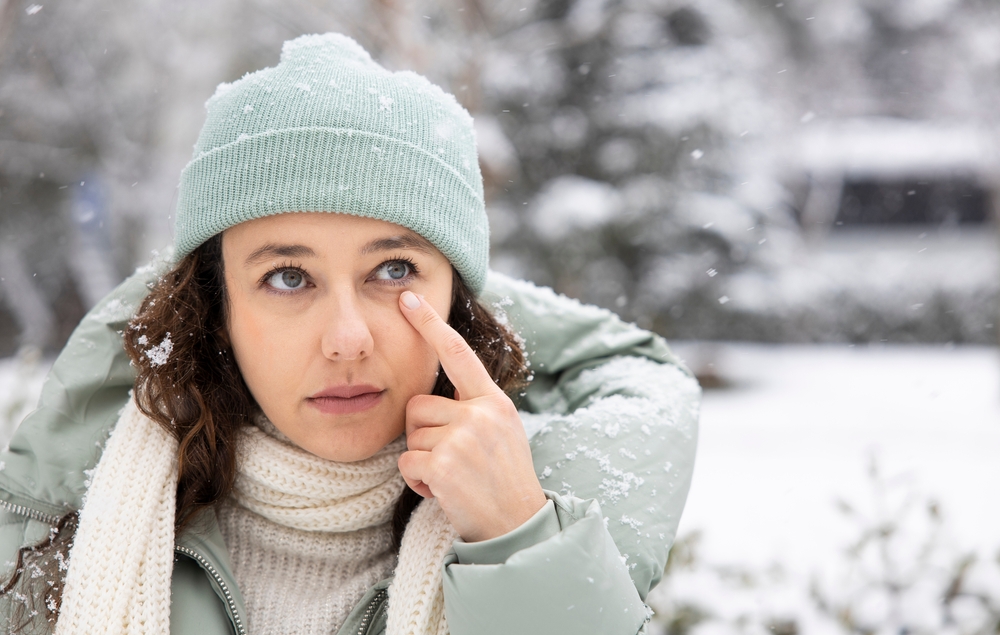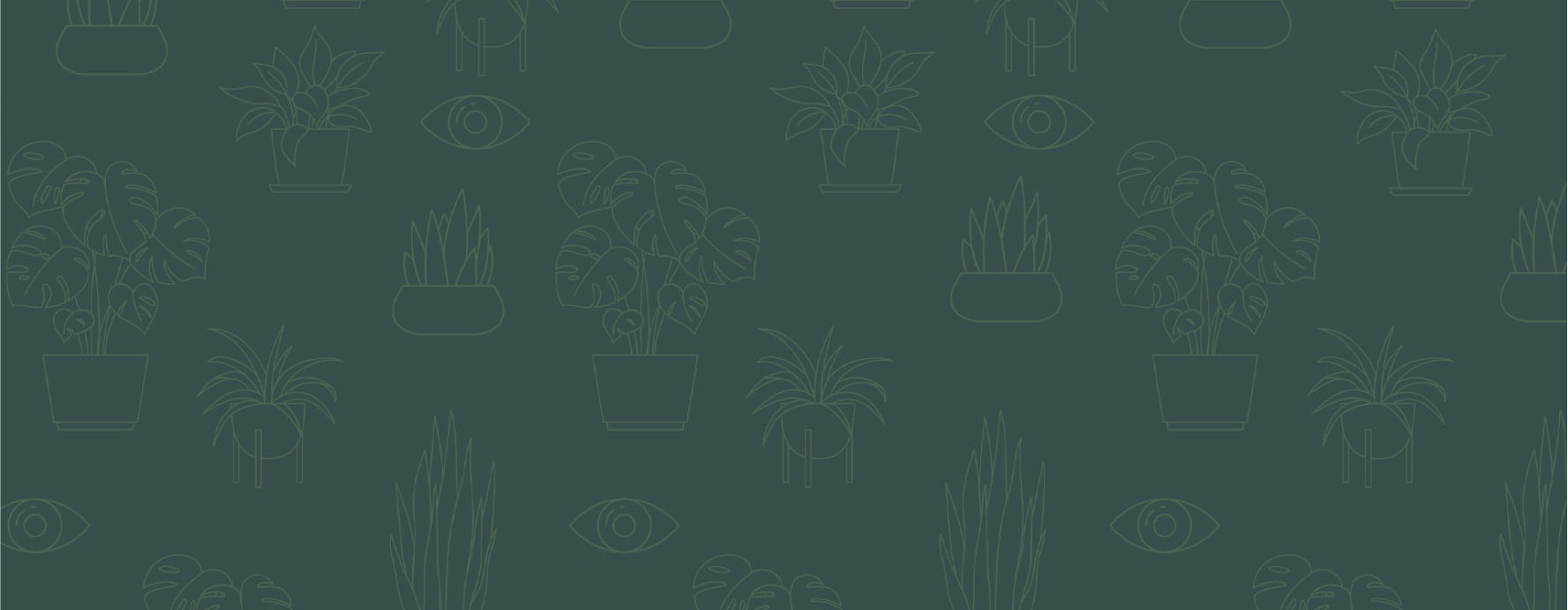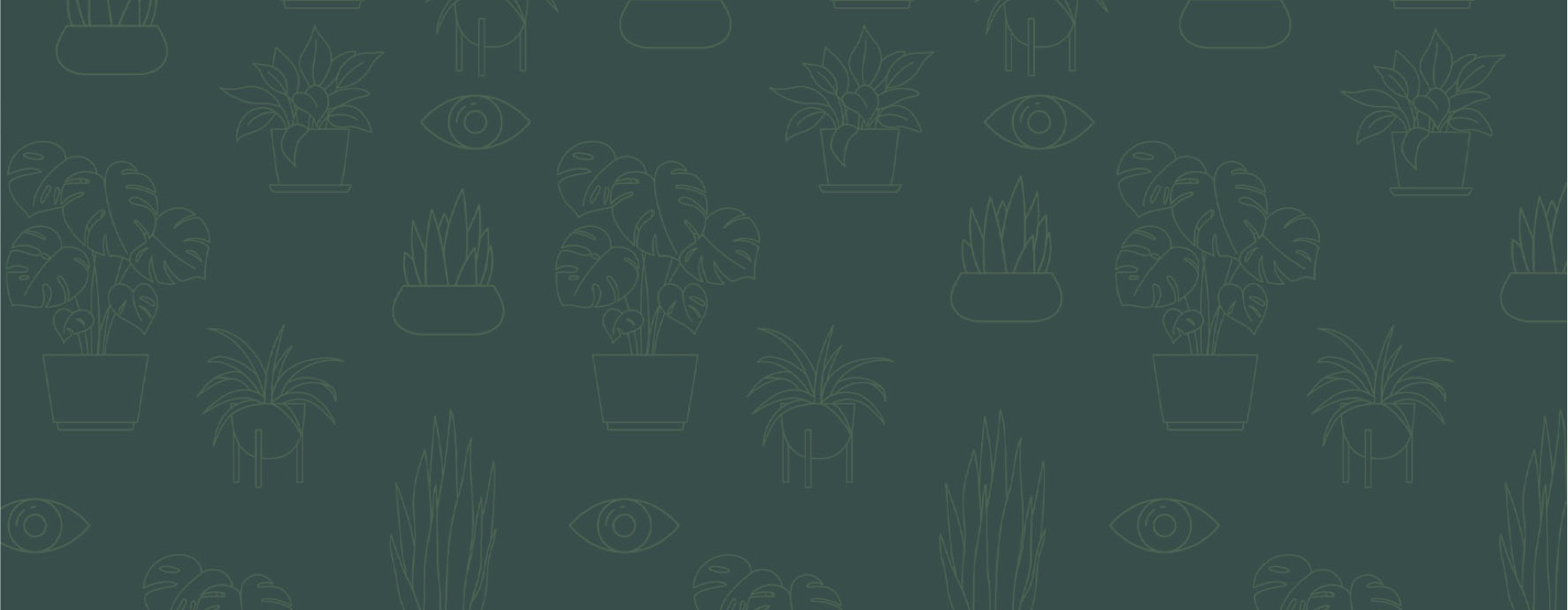As the days get shorter and the air becomes crisp, many of us look forward to the coziness of fall and winter. For those with dry eyes, enjoying the cooler temperatures can be challenging, as the colder seasons often lead to symptom flare-ups due to environmental factors like indoor heating, low humidity, and harsh winds. But don’t worry—there are plenty of ways to protect and prepare your eyes so you can enjoy the season comfortably!
Why Fall and Winter Worsen Dry Eye Symptoms
With the shift to cooler weather, we spend more time indoors with heaters running, which lowers humidity levels and can make eyes feel dry and irritated. Cold outdoor air and winds also affect tear stability, leading to faster evaporation of tears, which are essential for lubricating and nourishing the eyes.
How to Protect Your Eyes This Season
Luckily, there are simple ways to prevent and relieve dry eye symptoms as the weather changes. Here are some tips to keep your eyes comfortable throughout fall and winter:
1. Stay Hydrated
- As obvious as it sounds, drinking enough water is vital to maintain eye moisture. Aim for at least 8 glasses a day to help your body produce a healthy tear film.
2. Use a Humidifier Indoors
- Indoor heating can dry out the air, so using a humidifier can add moisture back into your environment. Place one in your bedroom or office to help keep the air from becoming overly dry.
3. Limit the Use of Space Heaters/Car heaters
- Space heaters can be particularly drying since they blow hot, dry air. If possible, try to limit their use or sit farther away to avoid a direct flow of warm air on your face. In the car, direct the heat toward your feet rather than your face to warm the vehicle without drying out your eyes.
4. Wear Sunglasses Outdoors
- The sun may not be as intense, but cold wind and glare can still irritate your eyes. Sunglasses act as a barrier, protecting your eyes from the elements and reducing tear evaporation.
5. Take Breaks from Screens
- When it’s chilly outside, we often cozy up with our screens, whether it’s a computer, tablet, or TV. Extended screen time can significantly reduce blinking, which is crucial for replenishing the eyes with essential nutrients and lubrication. Studies show that our blink rate can decrease by up to 50% during prolonged screen use, which often leads to dry eyes and discomfort. To help combat digital eye strain, the 20-20-20 rule is a simple and effective solution: every 20 minutes, take a 20-second break to look at something 20 feet away. This practice encourages blinking and reduces strain
6. Consider Warm Compresses
- Warm compresses can be a simple and effective way to relieve dry eye symptoms. By applying gentle heat, they help to soften and open the oil glands along the eyelids, allowing for better-quality tear production. For best results, try using a warm compress daily to keep the eyelid glands functioning optimally and to help lock in natural moisture. We have several options available in the office and can help you find the one that’s most convenient and comfortable for you.
7. Ask About Treatment Options
- If your dry eye symptoms are persistent, it may be time to explore professional treatments. There are effective options available, from in-office therapies to prescription drops, that can provide relief even during the toughest months.
Keep an Eye on Your Eye Health
As the seasons change, it’s easy for eye discomfort to sneak up on us. If you start experiencing dryness, itching, watering, burning, or fluctuating vision, these could all be signs of dry eye or inflammation. If the irritation lingers for more than three days, it’s a good idea to book an appointment with us to get to the root of the issue. Taking a few extra steps can make all the difference in how your eyes feel during the colder months. We’re here to help you find lasting relief, so you can fully enjoy the coziest time of year!













